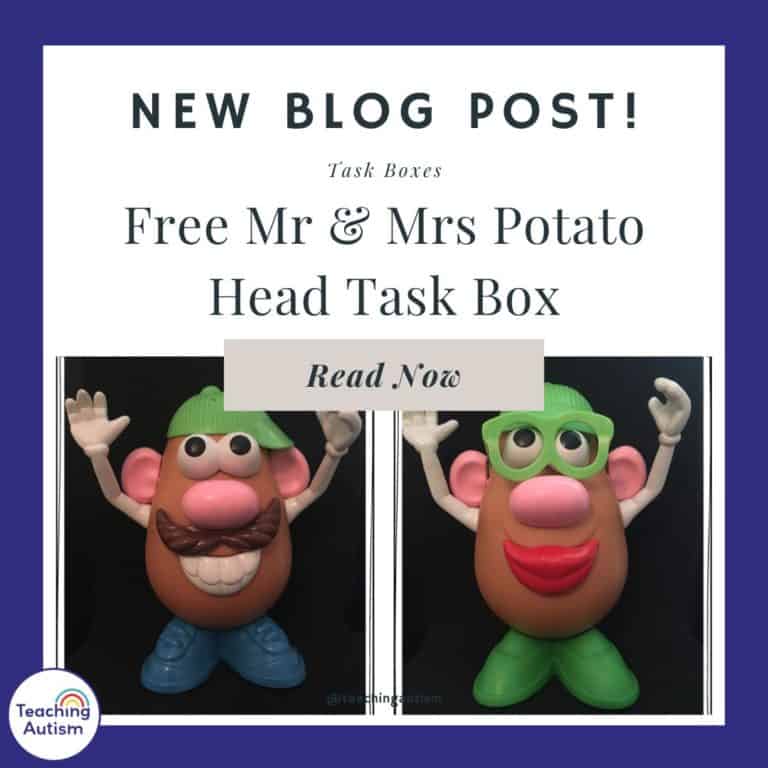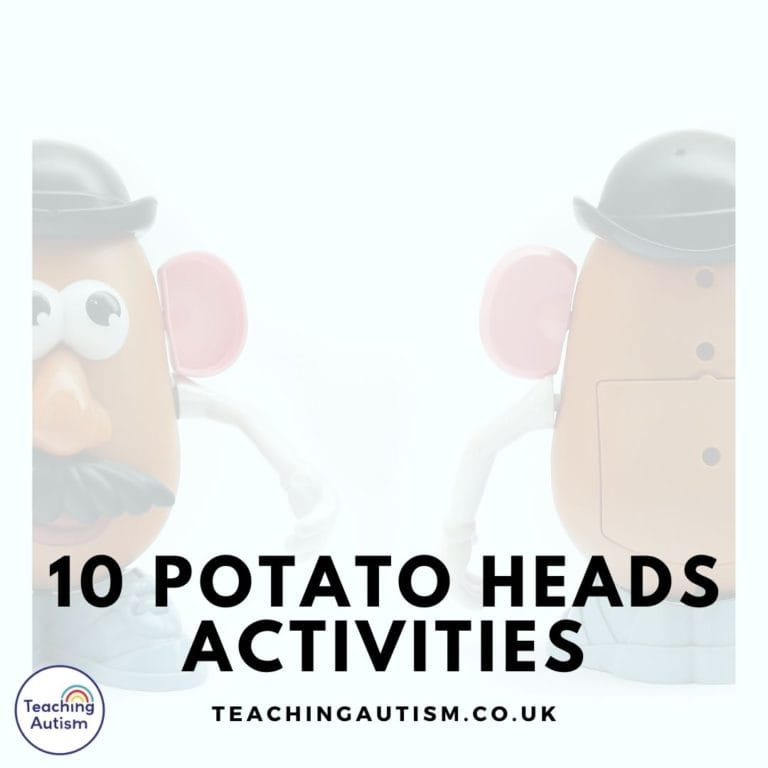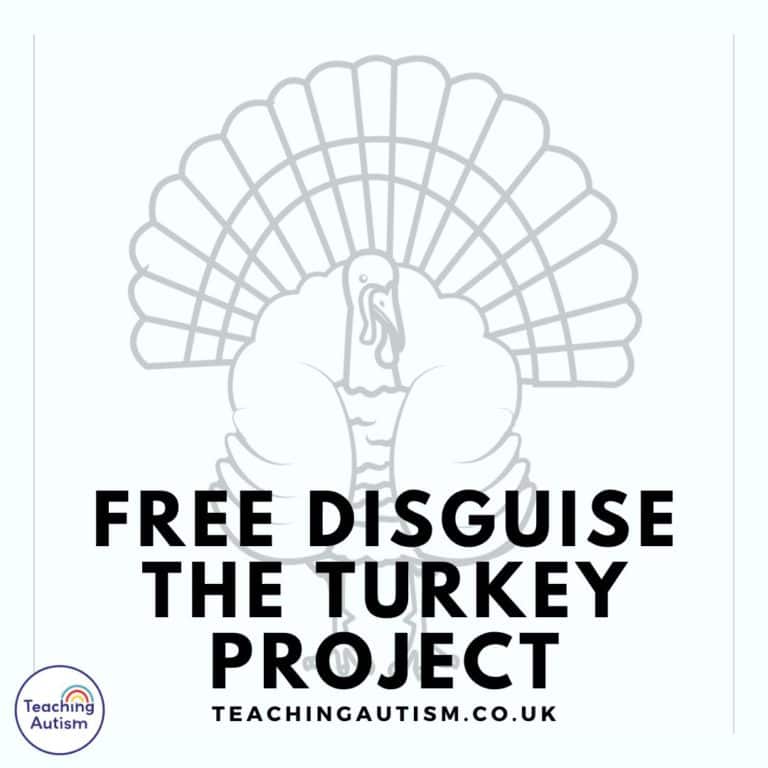Mr Potato Head Speech Therapy Ideas
I’m always looking for fun activities to use in our speech sessions. The potato heads are one of our most popular toys in our classroom. And today, I’m sharing some of our best Mr Potato Head speech therapy ideas – and Mrs Potato Head of course!

You won’t believe how many ways you can incorporate learning into playing with Mr & Mrs Potato Head – and they’re one of the most popular children’s toys.
Group Game
For this blog post I’m going to discuss a group game speech activity. All you will need are Mr & Mrs Potato Head (or just one, depending on how you think your students will manage) and a camera/computer/printer.
I would love to be able to give you the flashcards that I use – but, Mr & Mrs Potato Head differ in stores and all come with different accessories. And we all know how specific our students can be and if something is not exactly the same it can throw them off – so it really is best to make your own flashcards.
In the blog post that follows, I list two different ways that you can use the Potato Heads in Speech Sessions. I hope it gives you some great ideas and works well with your students!
Idea 1
First, lay out the accessories that you’re going to use with your students. I usually recommend 1-2 pieces per student. If your students find it difficult to sit and pay attention for a long period of time I would recommend starting with 1 accessory each.
First, put the accessories into a box – this can be a jazzed up, fun box or just a simple cardboard box. Hand around the box and ask the students to open the box and choose one item each. Once a student has chosen an item, ask them to name it – or you name it if they are non-verbal.
Once you have worked your way around each of the students, pull out the Potato Head body. Hold up symbols of each accessory. Ask the students “Who has his hat?” the student with the matching hat then puts the hat onto the Potato Head – this will also enable you to find out if students are able to recognise where different items go on a body – i.e eyes, nose, hat, arms etc.
Once all the accessories are placed on the Potato Head and the students have each had their turn, hold up the completed Potato Head. Point to the different items on him/her – naming them. Now, go around each of the students ask them “Where is the hat?” “Where are his eyes?” and get students to point to different parts of the Potato Head. Encourage students to repeat the names after you.
Idea 2
Ask students to follow directions from a flashcard on adding items to the Potato Head. Add one item per flashcard. This is a great way to see if students are able to follow directions and pay close attention to detail – finding out what’s new in the image and being able to copy it onto the real life Potato Head in front of them.


What was the difference in the two images? What is new that has been added in the second image? (The answer is the ears). So now, the student will find the ears and add them to the Potato Head.
For students who are new to the sequencing activity and have a low attention time I would recommend doing a very simple, 4 step sequence activity.
For Example..
- First Image: Potato Head Body (Empty)
- Second Image: Potato Head Body with Shoes
- Third Image: Potato Head Body with Eyes
- Forth Image: Potato Head Body with Mouth
If students are able to complete the first 4 steps, start adding on more steps/accessories. If students are able to complete these steps individually, start adding two new items per step/image.
Do you use potato heads in your speech therapy sessions? Share your ideas down below with us. And if you found this Mr Potato Head speech therapy ideas blog post helpful, please consider sharing it with your friends and colleagues on social media.
You can find more speech and language activities here.








These are good ideas. Mr potato head always goes down well with my SEN/D. Thanks for sharing. 🙂
Thanks! The kiddos absolutely love having the chance to work with the potato heads, I'm glad yours love it too 🙂
Using the potato heads is a great idea! Especially for the more hands-on learners.